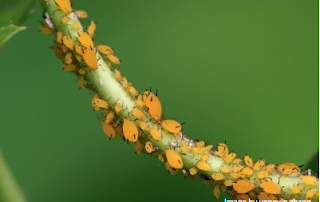Wowsers we have a cabbage!
Eeeewwwww cabbage! Children all over the world say
.
Soggy cabbage is the worst way to eat cabbage!
We used our red cabbage to make coleslaw.
Red cabbage is not only much more exciting to look at, but it has more phytonutrients.
Phytonutrients are found in different coloured plants they are nutrients that give the plants their colour. Each colour provides different nutrients. When we eat the different coloured plants we get a variety of nutrients to use in our bodies.
Here is what we harvested to make our coleslaw.
Yes we are using super greens - kale.
What a perfect half a cabbage. No bugs inside!
We need to slice the cabbage finely. We could use the food processor, but we are practising knife skills.
We used the food processer to grate the carrot though!
We chopped up the herbs. We have mint and sage.
We took the tough stalks out of the kale and them sliced up the more tender leaves.
Mrs Mardell made a dressing from yogurt, orange juice, our herbs and a splash of apple cider vinegar. Apple cider vinegar helps to soften the cabbage and kale when we leave it to stand. The longer we leave the coleslaw to sit with its dressing on, the softer it becomes. This is why sometimes people don't put dressing on their coleslaw or salad until they are ready to eat it. They don't want soggy leaves, they want crisp leaves.
Then we tasted our coleslaw. Anything we didn't eat we put into the compost to recycle it back into compost for the next crop of vegetables to grow.










